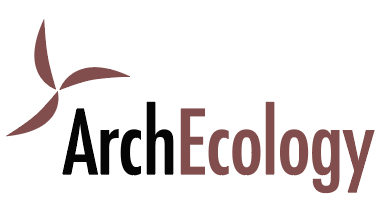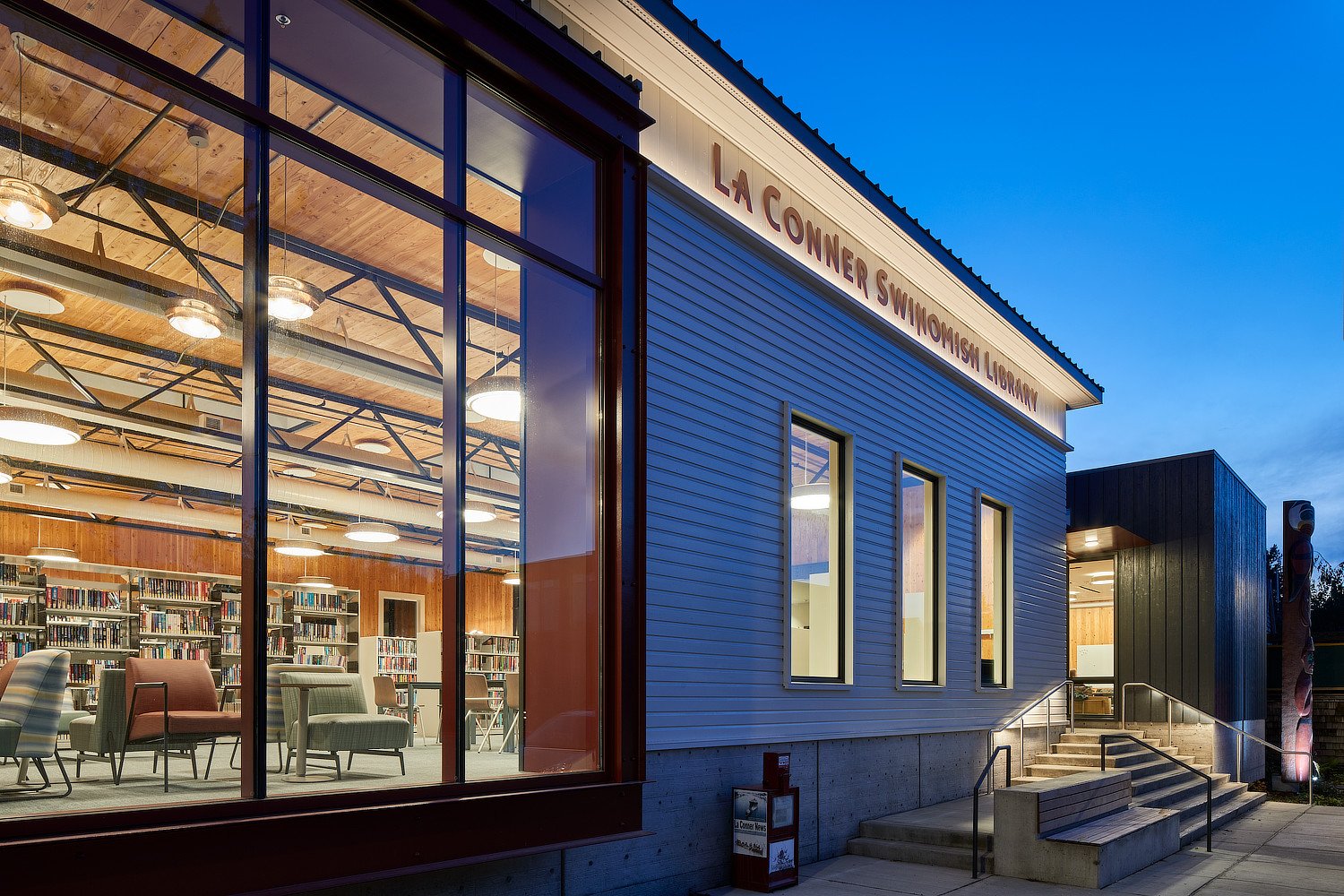LEED for Small Projects
LEED can be very difficult to scale. Many, if not all, of the same tasks need to be undertaken no matter how large or small the project. Many small community projects like food banks, libraries, community centers, and non-profits have small footprints. These projects also typically seek out state grants as part of their funding stream, and these grants come with LEED Silver requirements. But there are ways to right-size LEED for projects under 25,000 SF.
What are the characteristics of a small project (other than spreading cost over fewer SF) that make it challenging to certify?
Projects are often located in suburban or regional locations that are not well served by transit or proximate services. Since LEED rewards existing community infrastructure, several points associated with location have to be made up elsewhere.
Project team members, consultants, contractors, and design build subcontractors are often unfamiliar with LEED. They do not know specifically what is required and if they include LEED documentation requirements in their fees, they may be inflated to deal with contingency.
Small projects sometimes use smaller manufacturers or more budget conscious products that may not be able to provide the attributes or the documentation needed for LEED.
Small projects are often additions or renovations which can create uncertainties about the boundaries of the work and how best to leverage existing building elements. Some interpretation is often required with respect to rating system selection, energy modeling and LEED boundaries.
Budgets are very tight and focused on delivering the space in response to their mission. When significant funds are received, it is often difficult for the team to keep in mind that some portion of those funds must inevitably be allocated to accomplishing the LEED certification that is the string attached to them.
These are clearly significant challenges, but they can be overcome. Let’s address them in reverse order because the team’s mindset is often the biggest hurdle to effectively achieving LEED certification.
Budget Mindset
Certification is not delivered by one consultant working in their field of expertise and handing over the deliverable, i.e., a plaque at the end of the day. LEED certification on any project, and particularly a small regional project, relies on every team member executing their part of the big picture requirements. Each and every measure is important and significant to the overall goal.
That means that each project team member needs to clearly understand their piece of the puzzle and what is required to implement and document it. Since LEED rating systems evolve over time, requirements can sometimes be a moving target. As with any construction project, it is better to make any necessary changes as early as possible in design rather than having to make costly changes during construction. So it is vital for the team to have good guidance with respect to what is required and which options are most beneficial and cost effective. It often makes sense for a project to retain an experienced LEED certification consultant despite the added cost.
LEED Boundaries
Additions and renovations sometimes have more opportunities to pursue a slightly different LEED rating system or take advantage of an exemption in some otherwise mandatory requirement. Which rating system a project pursues comes down to project type and whether or not the project can satisfy that rating system’s requirements. Project specific exemptions are mostly a matter of experience. Some guidance on specific LEED interpretations can be found in the public database, but determinations that apply solely to one project and its particular circumstances are not posted. It is helpful to have access to previous certified project review comments and responses to know where there is room to maneuver.
Product Selection
When it comes to product transparency reporting and low emissions certifications, major manufacturers offer a big advantage. Developing Environmental or Health Product Declarations, obtaining Declare Labels or Cradle to Cradle certifications, and having products third party tested for emissions, all cost money. The good news is that not every product sourced has to meet these specifications. Some attention to a few particular basis of design products and CSI sections when developing specifications can go a long way.
LEED Documentation
One of the reasons that LEED is considered rigorous enough to have achieved the market recognition that has resulted in LEED certification being embedded in so many jurisdictions and municipalities across the country is the documentation that is required to demonstrate compliance. A LEED certified project never just said they did it, they had to prove they did it and by how much.
It takes familiarity and experience to document LEED prerequisites and credits effectively and in some cases a considerable amount of technical know how. Many projects delegate these tasks to specific project team members who may or may not have that familiarity and experience. That lack can cost the project money and LEED points.
Most LEED projects pursue a few buffer points to make sure that if a particular issue fails to pass muster with reviewers, the overall goal can still be achieved. For small projects with a narrow set of options, these buffer points can represent costly or hard to implement strategies that would otherwise not be on the table.
A team that has a LEED consultant who can provide technical documentation with information provided by the project team can often avoid extra buffer points, improve documentation review outcomes and save money by concentrating LEED documentation scope into one set of experienced hands.
Non-Urban Location
And finally, for those suburban or rural projects that aren’t situated on a site with lots of surrounding existing infrastructure, other credits must be identified that can fill that gap. Code requirements and program elements can help. Commissioning can provide several points and is always a good value, particularly in a design build environment. A full complement of pilot and innovation credits are a must. Some measures confer significant benefits with respect to operational savings and are worth some upfront cost to implement.
The most successful LEED projects are ones in which the whole team is engaged early in the design process and the owner is committed to the certification goal. LEED certification is not easy for any size project, and it’s not free. But with the right approach, it can be feasible and relatively cost effective even for a small non-urban project. Here are two great examples:
Family First Community Center
This 21,000 SF community center was constructed on a school property in Renton, WA. While the large school site precluded the achievement of proximate transit and services, it offered a few other advantages with respect to rainwater management and light pollution. For rainwater management, bioretention swales were combined with a chamber detention system sized for a 100-year storm. Though the soil is not ideal for infiltration, we determined that the large vegetated area, along with the large chamber area, allowed enough very slow infiltration to occur. Light pollution was considered on a more beneficial campus wide basis. A focus on product selection earned exemplary material transparency points. Learn more about this project.
La Conner Swinomish Community Library
This small regional library in La Conner, WA, with a state funding requirement for LEED Silver, had very little proximate existing infrastructure. We leveraged the cross laminated timber (CLT) construction, using our lifecycle assessment model to balance the low carbon benefits of CLT with the eutrophication impacts caused by the adhesive binders to gain LEED points. A donor provided a 23 kWh photovoltaic array for the roof, which along with efficient energy systems, contributed significantly to the whopping 41% annual energy reduction projected by our energy model. Learn more about this project.


